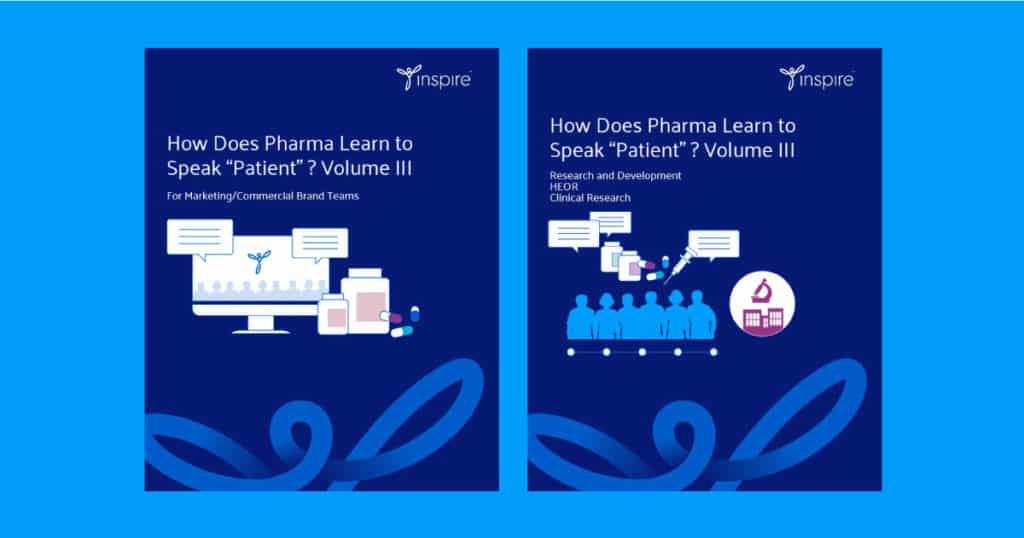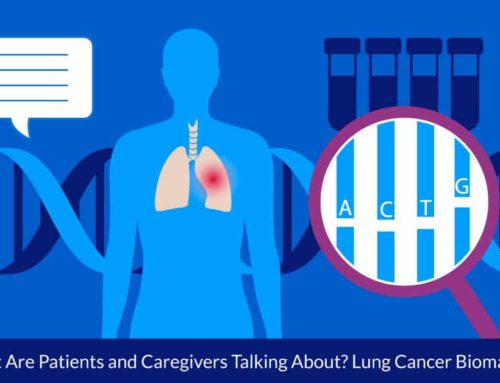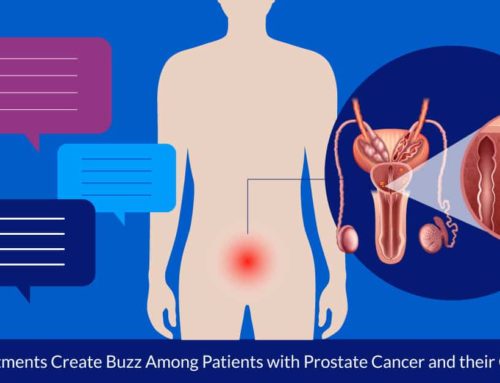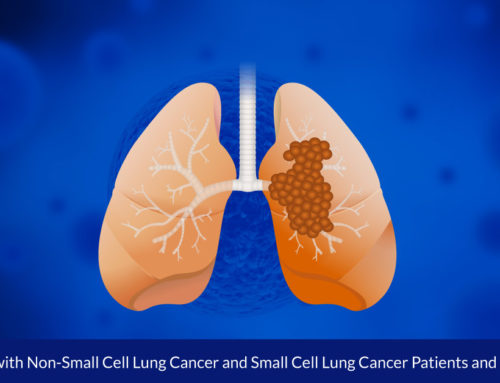Top 5 Ways Online Patient Communities Can Reduce the Cost of Clinical Trials
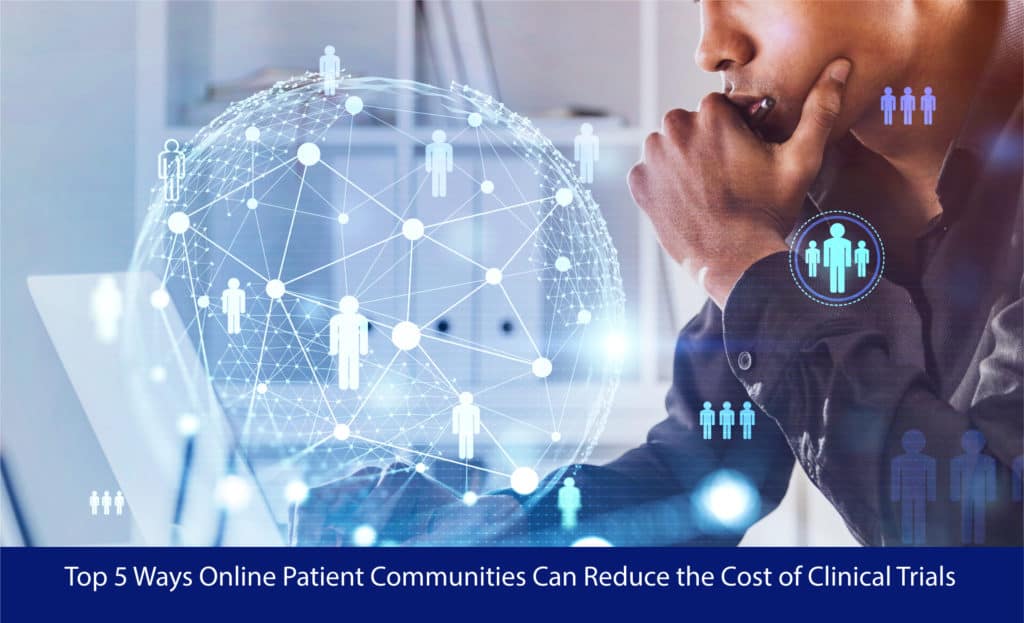
Trying to rein in clinical trial costs? You’re not alone. A JAMA research study of 138 trials for novel therapeutics found that clinical trial costs ranged from less than $5 million to $346.8 million, with a cluster of trials coming in between $12-33 million — and that was for trials in 2015-2016.1 Let’s agree on two things: It hasn’t gotten any cheaper, and finding qualified participants is still an issue.
Here are five ways online patient communities can reduce the costs of mounting a clinical trial:
1) Finding patients: Patients are online, already self-sorted into communities by the condition of concern. These people are often well-informed about their condition simply from doing their own research, and may already be looking for a clinical trial. Approaching potential recruits through online media is efficient. Advantage: Reduced study enrollment timeline.
2) Reduced attrition from patient burden: Is your study designed with patient input on the proposed protocol? According to an article in Center Watch, “…patient retention took a serious hit as the trial dropout rate rose to 19.1 percent in late-stage trials globally in 2019 from 15.3 percent in 2012.”2 By obtaining input from online patients and testing protocol design, R&D teams can determine acceptable criteria, understand where pain points could occur, and change protocol design to be more accommodating to potential trial participants. Advantage: Improved patient retention.
3) Reduced need for protocol changes: According to the Tufts Center for Study of Drug Development (CSDD), clinical trials with at least one substantial protocol amendment took an average of three months longer to complete than those without an amendment, costing the industry a total of $20 billion a year in direct and indirect costs.2 If you don’t have patient input on the proposed study design, you might be in for design changes to improve participation. Advantage: Fewer protocol changes for patient compliance.
4) Reduced length of trial: A patient-centric trial protocol developed from real-world patient input that results in fewer protocol amendments and greater patient retention during the trial shortens the length of recruitment. Advantage: Reduced time-to-market.
5) Improved geographic distribution: Adding social media data to the protocol design phase of a clinical trial enables rapid access to a geographically diverse targeted patient population. In particular, rare disease patients are rarely locally clustered. The online community is inherently geographically distributed. Meeting the cohort of participants ensures the trial can proceed. Advantage: No loss of development expenses leading to the clinical trial.
However, there are also areas where caution is required. Success in using data from online social media sources requires expertise in social media data analysis, including anonymizing: The HIPPA Journal reported that patient privacy and security are the greatest healthcare concerns for consumers, with 80% of respondents rating patient privacy as very important. Women were also more concerned than men about data security (80%/66%).3 Potential recruits want to know their data is protected. Any research using this data has to be rigorously controlled.
The FDA requirements in recent years encourage patient-centric material as part of the approval process, but some companies are unsure what kind of data will satisfy the FDA. The FDA’s Patient Focused Drug Development Guidance published in 2019 (Guidance 2) identified acceptable methods to “Identify What is Important to Patients” in drug approval documentation, but this additional requirement is still daunting.4
Pharma has embraced the move online. According to an article in Clinical Leader on clinical trial costs, COVID-19 drove 45 percent of clinical trials to transition patients from in-person to virtual trial solutions.5 Recruitment can move online as well, with cost benefits.
With Inspire, the focus has always been online. Inspire already has 15 years of expertise in gathering and analyzing data from social media sources. Inspire’s existing expertise yields faster access to data. Safety, transparency and privacy control make Inspire a trusted place to obtain genuine insights into the reality – the “lived experience” – of disease management from the patient and caregiver perspective.
Inspire has over two million registered members in more than 240 disease-specific communities, The membership here is diverse, motivated, and aware of the need for new findings. COVID pushed pharma into using resources only available online — and faster clinical trial recruitment can be the result — but only if patient input is skillfully managed with skilled experience.
Inspire offers a trusted community to patients and caregivers. Our goal with this blog, this website and our content is to provide the life science industry access to the true, authentic patient voice. In so doing, we support faithful operationalization of patient-centricity. Take a look at our case studies, eBooks and news outlet coverage.
References:
1 Moore, T., et al. Estimated Costs of Pivotal Trials for Novel Therapeutic Agents Approved by the US Food and Drug Administration, 2015-2016. JAMA Intern Med. 2018 Nov 1;178(11):1451-1457. doi: 10.1001/jamainternmed.2018.3931
2 https://www.centerwatch.com/articles/15322
3https://www.hipaajournal.com/patient-privacy-and-security-are-greatest-healthcare-concerns-for-consumers/
4 https://www.fda.gov/media/131230/download
5 https://www.clinicalleader.com/doc/your-path-to-trial-virtualization-sponsor-edition-0001

